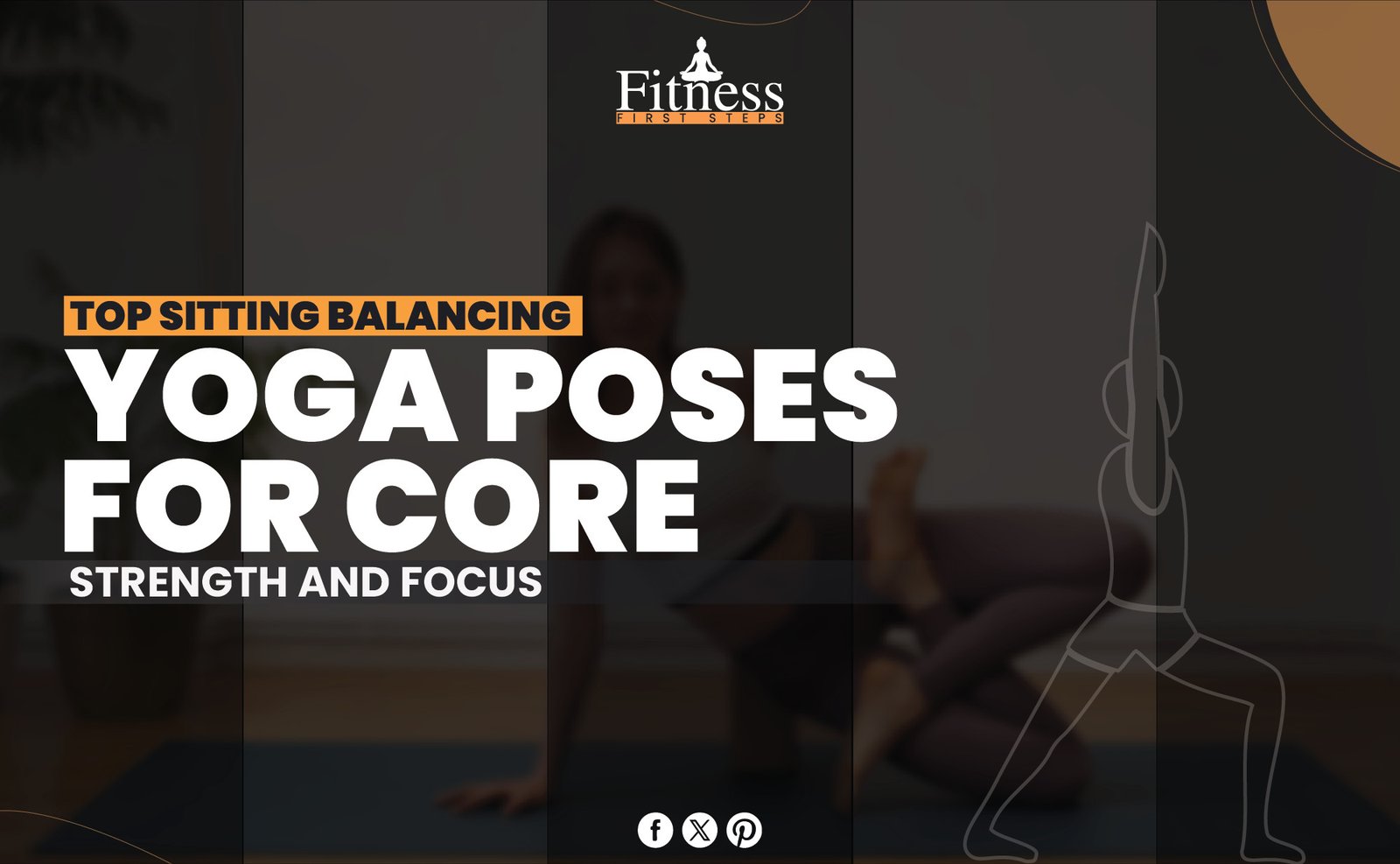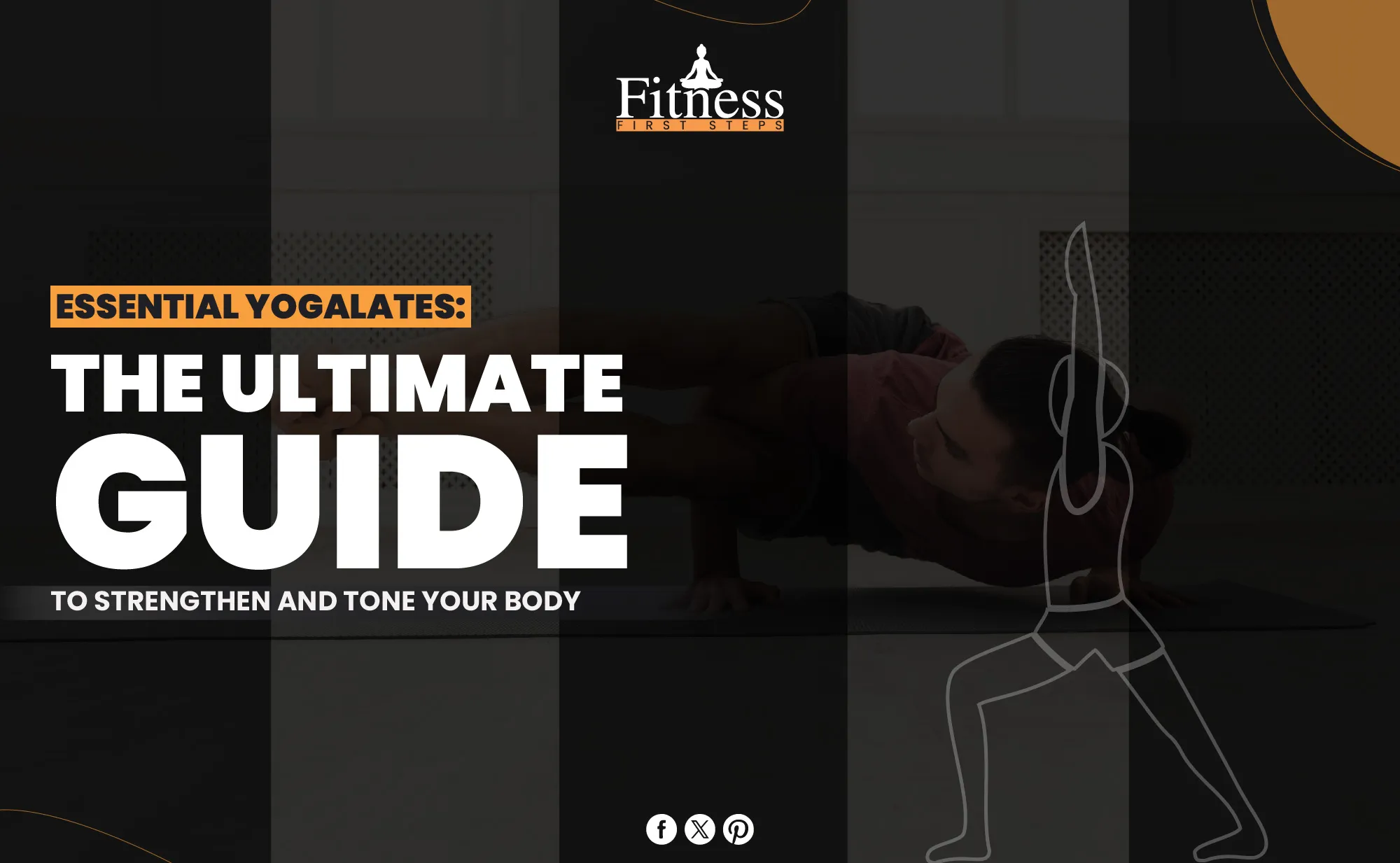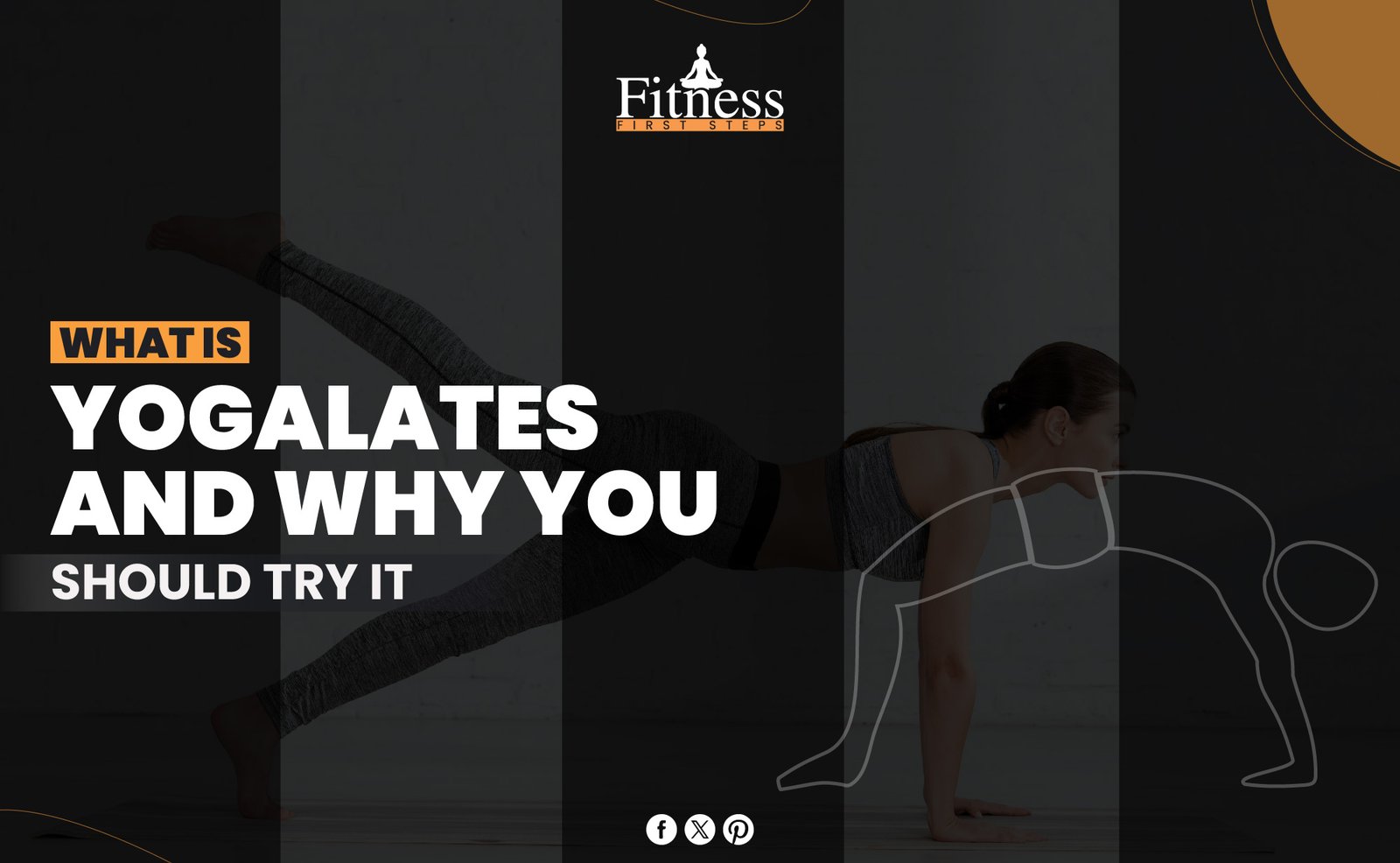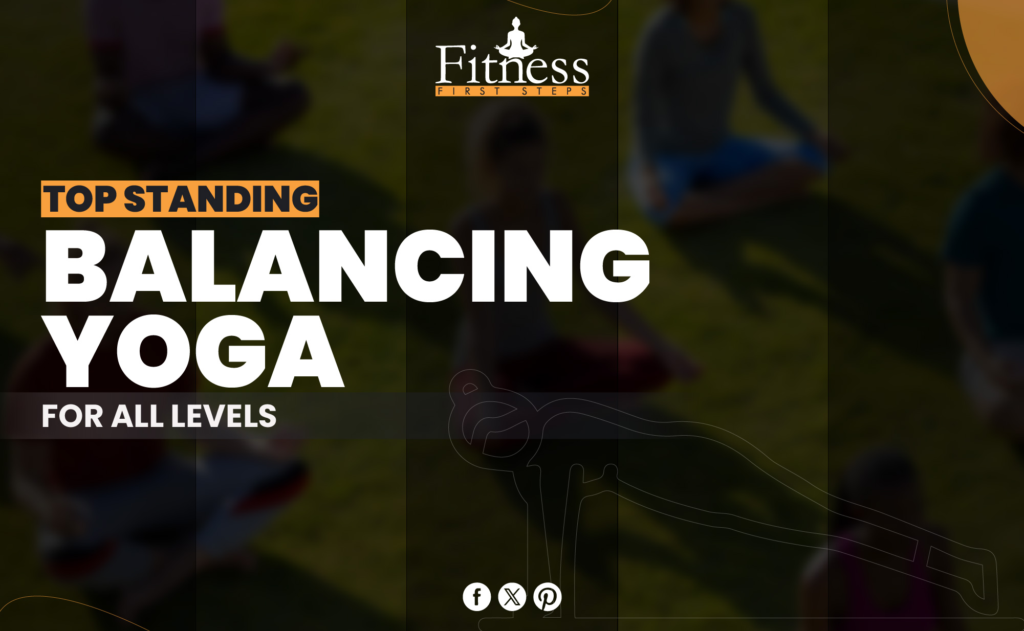Introduction
With its origins in traditional knowledge, yoga has become a contemporary approach to overall well-being. Its advantages are numerous, ranging from physical fitness to stress alleviation. Navigating the wide range of yoga techniques can be intimidating, though. This guide seeks to provide the best type of yoga for beginners, intermediates, and advanced practitioners in terms of their goals and skill levels.
Beginner’s Yoga
Taking a beginner’s approach to yoga means accepting compassion and simplicity. What you should know is as follows:
Recognizing the Beginner Status
Those who are new to yoga or have little experience are considered beginners. A lack of experience with breathing exercises and positions distinguishes it. Right now, the emphasis is on learning the fundamentals of yoga and laying a solid foundation.
Mild Yoga Asanas:
Yoga Hatha
One of the oldest styles of yoga is called Hatha yoga. Asanas (basic postures) and pranayama (breath control) are their primary emphasis, making it an excellent place for beginners. A variety of techniques that harmonize the energies of the sun (ha) and moon (tha) are included under the umbrella word “Hatha.”
Benefits:
- Strengthening: Hatha yoga exercises improve muscular tone, increase endurance, and maintain the body.
- Flexibility: Regular practice improves flexibility, which makes the body more supple and lowers the chance of injury.
- Balance: Enhances general stability, coordination, and balance. It can also prevent falls and improve regular physical activity.
Availability
- Beginner-Friendly: The moderate tempo and slow start make it simple for newcomers to get started and advance at their own speed.
- Adaptable: Hatha yoga is accessible and can be tailored to each practitioner’s unique needs, accommodating a range of fitness levels and medical problems.
- Flexible Option: In practice, beginners can customize their lessons based on their requirements and inclinations.
Restorative Yoga
Restorative yoga focuses on relaxation and gentle stretching. Props like blocks, blankets, and bolsters frequently support the body. This form of yoga holds positions for prolonged periods to promote deep relaxation and stress alleviation.
Benefits
- Profound Relaxation: Encourages deep relaxation, which aids in people’s relaxation and release of tension.
- Stress reduction: This excellent method for lowering stress and improving general well-being dramatically reduces stress levels.
- Mental Clarity: Focus and mental clarity are enhanced by helping to calm the mind.
- Healing of Injuries and Discomfort: This herb promotes healing and reduces pain by assisting in the healing of wounds or chronic discomfort.
- Organic Healing Methods: Supports the body’s healing mechanisms, promoting general health and well-being.
Advantages of Taking Your Time:
Starting slowly facilitates establishing a solid foundation in yoga principles. It encourages bodily awareness, relaxation, and stress reduction. Beginners gain mindfulness in their practice and learn how to link their breath with movement. This deliberate approach lays the groundwork for a long-lasting and rewarding yoga practice.
A Safe Start Guide
Start with Online Tutorials or Beginner-Friendly Classes: Seek out courses created especially for newcomers to the subject. Numerous online resources provide introductory courses that cover the fundamentals.
Pay Attention to Your Body: Refrain from going beyond your limit. Observe your body’s sensations and honor its limitations. Recall that yoga emphasizes gentle progression over force.
Purchase High-Grade Yoga Equipment: An excellent mat and comfy clothing can significantly improve your yoga practice. Wearing the right equipment gives you comfort and stability to concentrate on training.
Intermediate Practitioners of Yoga
Intermediate practitioners are familiar with the fundamental breathing and yoga poses. They are at ease with modest physical exertion and strive for advancement. At this level, practitioners work on increasingly intricate sequences and poses while increasing their strength, flexibility, and stamina.
Dynamic Forms of Yoga:
Yoga Vinyasa:
Vinyasa yoga is characterized by flowing, dance-like movements timed to the breath. It’s a vigorous and dynamic exercise that continuously connects movement and breath. Vinyasa classes frequently include unique sequences that change from one class to the next to keep the practice exciting and fresh.
Benefits:
Healthy Advantages:
- Cardiovascular Health: Improves circulation and heart health, hence promoting cardiovascular health.
- Flexibility: Increased flexibility reduces the chance of injury and permits a broader range of motion.
- Strength: Increases muscular tone, total physical endurance, and strength.
Emotional and Mental Advantages:
- Mindfulness: Increases awareness of the current moment and promotes the development of mindfulness.
- Focus: Enhances concentration and mental clarity by improving focus.
- Inner Balance: Fosters a calm and balanced inside environment that supports emotional stability and serenity.
Workflow Practice:
Contemplative Flow: A practice experience that is meditative and reflective is produced by fluid transitions between positions.
Yoga Ashtanga:
Ashtanga Yoga has a set sequence of postures that get harder and harder. It’s an intense workout that prioritizes endurance, flexibility, and strength. Ashtanga practitioners often follow a predetermined schedule called the Primary Series, which they must learn by heart and practice independently.
Principal Advantages:
- Focus and Self-Control: Promotes focus and self-control while strengthening mental discipline.
- General Fitness: Offers an excellent workout to improve general fitness, which enhances general health and well-being.
- Robust and Toned Body: This supplement enhances physical strength and muscular definition by promoting the development of a robust and toned body.
Advantages for Practice:
- Self-Assessment: Through repetitive practice, practitioners can evaluate their growth and gain insights into their areas of strength and weakness
- Understanding of Poses: Gaining a deeper grasp of the poses makes practicing them easier and improves the practice’s overall efficacy.
Advantages and Difficulties
Intermediate yoga improves strength, flexibility, and cardiovascular health. It pushes practitioners to step outside their comfort zones and fosters confidence and resilience in them. Still, more commitment and consciousness are needed to prevent harm and guarantee long-term advancement.
Moving Forward Safely:
- Gradually Intensify: Gradually increase the difficulty of the poses and sequences you practice. To avoid getting hurt, concentrate on improving your technique and alignment.
- Enroll in Intermediate-Level Courses: Gain knowledge from knowledgeable teachers who can lead you through sophisticated methods in a safe manner. Their modifications and suggestions can aid in your successful advancement.
- Appreciate Patience and Consistency: The secret to improvement is patience and consistent practice. Instead of rushing into more challenging positions, practice being steady and thoughtful.
Advanced Practitioners of Yoga
Advanced yoga presents significant obstacles and benefits for deepening one’s exploration after mastering the fundamentals.
Characteristics of Expert Practitioners:
- Thorough understanding of the anatomy and philosophy of yoga
- Proficiency in sophisticated physical and mental postures and procedures
- Dedication to the spiritual elements of yoga
- Strong inner connection frequently traits of their practice
Complex Forms of Yoga
Yoga Bikram
The temperature in a room used for Bikram Yoga practice is usually set to 105°F with 40% humidity. Two breathing exercises and a sequence of 26 postures are included. Heat increases perspiration, which aids in detoxification and improves flexibility.
Principal Advantages
- Cardiovascular Health: Improves cardiac function and general circulation, which improves cardiovascular health.
- Flexibility: Increased flexibility reduces the chance of injury and permits a broader range of motion.
- Detoxification: Encourages detoxification, which aids in the body’s removal of toxins and enhances general health.
Working Environment
- Muscle Relaxation: Heat causes muscles to relax, which makes it possible to stretch farther and more flexibly.
- Mental Toughness: Mental toughness is developed by rigorous practice, promoting resiliency and willpower.
- Self-Discipline: Improves self-discipline, encouraging regular practice and dedication to one’s development.
Iyengar Yoga
To attain the proper posture, Iyengar Yoga strongly emphasizes exact alignment and the use of props like blankets, blocks, and belts. Because it concentrates on the specifics of each pose, it is suitable for practitioners of all skill levels.
Important Advantages
- Flexibility, Strength, and Stability: Increasing one’s flexibility, strength, and stability can improve overall physical performance and health.
- Alignment and Posture: Improves alignment and posture, which helps with improved body mechanics and lowers the chance of injury.
Adaptability
It may be tailored to accommodate individuals with varying physical illnesses, making it useful and accessible for persons with various medical conditions.
Use of Props
The use of props guarantees correct alignment and support during practice, allowing practitioners to fully and safely benefit from positions.
Investigating the Depths:
More experienced practitioners explore the intellectual and spiritual dimensions of yoga. Through advanced practices, they explore more profound layers of yoga theory, meditation, and pranayama (breath control) to promote mindfulness and self-awareness. Studying old books and applying their lessons to modern living, like Patanjali’s Yoga Sutras, is a standard part of this inquiry.
Paying Attention to Your Body:
Observe your body’s feelings and modify your practice as necessary. Adjust positions to account for ailments or physical restrictions. Yoga should be an individual practice that honors your body and its requirements. A mindful approach guarantees that your practice will always be fun and safe.
Fostering Uniformity
Create a regular practice schedule that works for your lifestyle. Accept the road and rejoice in each advancement, no matter how tiny. Consistency is essential to getting the most out of yoga in the long run. Over time, even brief daily routines can bring about significant transformations.
Benefits of Yoga
There are numerous advantages of yoga that go beyond health. The following are some of the main benefits:
Benefits to the body
- Enhanced Flexibility: Consistent practice improves flexibility, which eases daily movements and lowers the chance of injury.
- Increased Strength: Yoga strengthens the tiny stabilizing muscles and the larger muscular groups.
- Improved Posture: Numerous yoga poses enhance posture and strengthen the core, which helps to relieve neck and back discomfort.
- Enhanced Balance: As we age, yoga’s benefits to balance and coordination become even more significant.
- Increased Resistance: Pose and breathwork practices that improve circulation and decrease stress help strengthen the immune system.
Benefits to the Mind and Emotion:
- Reduction of Stress: Yoga lowers cortisol levels, a stress hormone, and encourages relaxation.
- Improved Mental Clarity: Yoga demands focus, which enhances mental clarity and concentration.
- Enhanced Mood: Consistent practice can improve mood and lessen anxiety and depressive symptoms.
Spiritual Advantages:
- Inward Calm: Yoga promotes inner peace and tranquility by helping to calm the mind.
- Connection with the Self: Sophisticated techniques strengthen one’s bond with one’s inner self and promote a feeling of direction and significance.
- Spiritual Development: A thorough knowledge of yoga’s intellectual underpinnings can result in significant spiritual development.
Selecting Your Ideal Yoga Style
Consider your goals, physical state, and personal preferences while selecting a yoga style. This is a brief guide:
- Try Hatha or Vinyasa yoga if you want to increase your strength and flexibility.
- Restorative yoga is the best option to unwind and relieve stress.
- Ashtanga Yoga can be ideal if you appreciate a regimented and disciplined practice.
- If you’re seeking a strenuous and purifying experience, Bikram Yoga is a worthwhile endeavor.
- Iyengar Yoga comes highly recommended if you require precise coaching and support.
Conclusion
To sum up, yoga provides many practices to accommodate everyone, regardless of skill level. You may unleash yoga’s life-changing potential by learning the subtleties of each style and respecting your journey. Accept a voyage of discovery, and may your yoga practice bring you inner serenity, fulfillment, and personal development.
